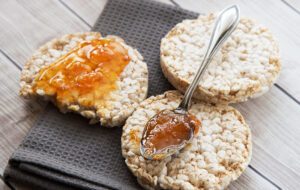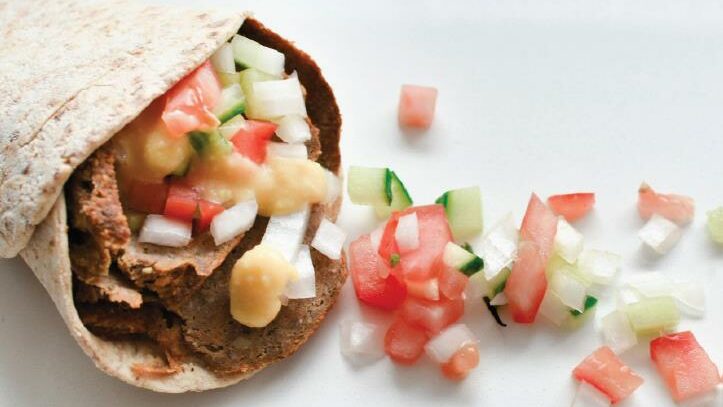
In this series, we ask dietitians across Canada to answer your questions on nutrition and dietary support. We recently spoke with Nicole Fetterly, a registered dietitian based in British Columbia.
This month, Nicole answers a question on safe and healthy foods for your child’s lunch bag.
What are some allergy-friendly lunch and snack ideas for back-to-school?
After the dog days of summer, it can be a challenge to get back into a routine for back-to-school, especially with meals like breakfast and lunch which now need to be eaten or ready on a schedule.
Save the stress in the morning by prepping lunches the night before and get children involved in their lunch and snack prep as much as possible. The more children are involved in the selection and preparation of their food, the more likely they are to eat it, and they also build their food literacy and cooking skills.
So, what to pack?

Canada’s Food Guide is a great place to start as it should be the basis of almost all of our meals and snacks. The guide recommends “plenty of vegetables and fruit”, approximately half your plate (or lunch in this case). When grocery shopping, plan with your kids which veggies and fruits they would like for lunches/snacks and aim to include 2 to 3 types in an array of colours.
A great part about veggies and fruits is they are naturally free of the most common food allergens in Canada! Of course, avoid any foods that your child cannot safely enjoy.
- Raw cut-up veggies are always a hit with kids (e.g., bell peppers, cucumbers, grape tomatoes, carrots, celery, jicama, fennel, broccoli, green beans).
- Salad—some children may like to put together their own salad of greens, veggies, fruits and seeds like pumpkin, sunflower, or hemp hearts.
- Cooked veggies—perhaps leftovers from dinner? Try nugget potatoes, roasted cauliflower, kale chips.
- Fresh fruit—sliced apple (cover with lemon juice or cinnamon to prevent browning), orange smiles or ready-to-peel mandarins/clementines, berries, melon chunks, grapes.
- Frozen, cooked, canned or dried fruit—place frozen fruit in a container and it will be thawed by lunch—frozen cherries hold their shape well. Unsweetened applesauce or fruit canned in juice. Raisins, cranberries, apricots and mango are some easy dried options (choose unsweetened varieties more often).
After you have your veggies and fruits squared away, add in the other Canada’s Food Guide categories of “protein foods, from plants more often” and “whole grain foods”. Leftovers are one of the easiest options—for example if you made a pasta or rice dish the night before, consider sending it in a thermos the next day.
Other choices could include:

- Rice crackers with seed butter
- Corn chips (lightly salted) with hummus
- Chicken skewers on a bed of brown rice
- Black bean tacos or quesadillas
- Whole grain pancakes with jam and seeds like pumpkin, sunflower, or hemp hearts
Try to limit packaged foods, not only for the garbage created but also because they have more ingredients and some may be the allergens you need to avoid.
If you do like to add a treat, consider making whole grain muffins or homemade energy balls with pureed dates, coconut, seed butter, oats, maple syrup and cocoa from recipes you can find online. Although they taste sweet, they are packed with natural sugar, fibre and nutrients that will help your child through their day rather than giving them added sugar and refined grains that are only a very short-term source of energy.
Don’t forget a big (reusable) bottle of water to stay hydrated! It’s recommended over juice and other sugary beverages.
For more information on Nicole, visit victoriadietitian.ca.
Learn more
Do you have a question you’d like to ask a dietitian in the months to come? If so, send it along to us at info@foodallergycanada.ca. Please note: The dietitians featured in this series answer questions on general topics, please talk to your doctor if you have questions about your own health or the health of your child.

